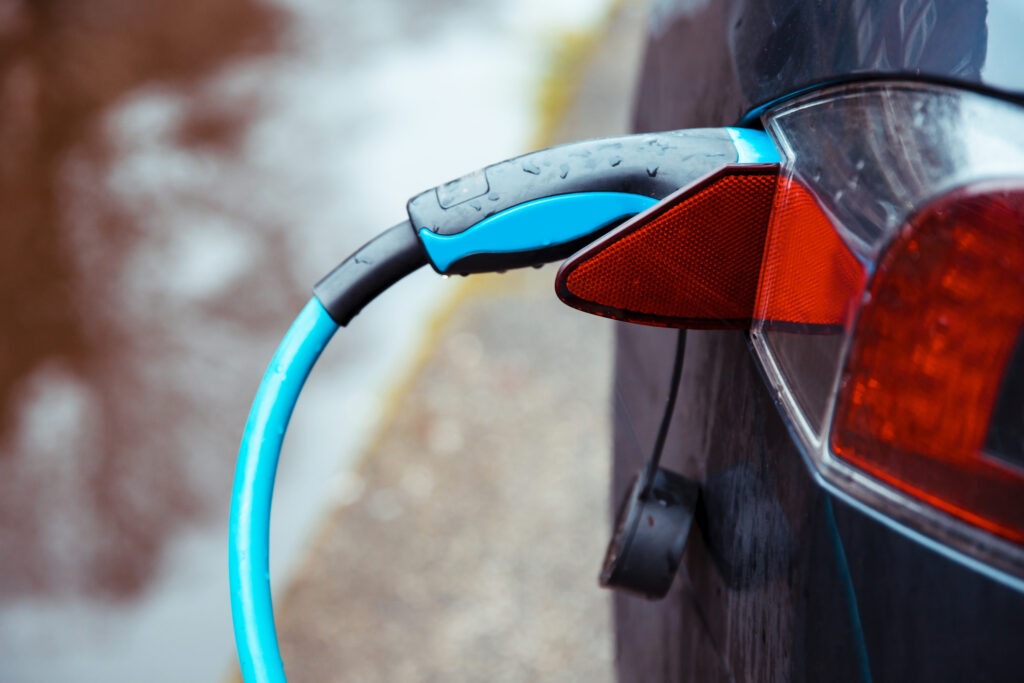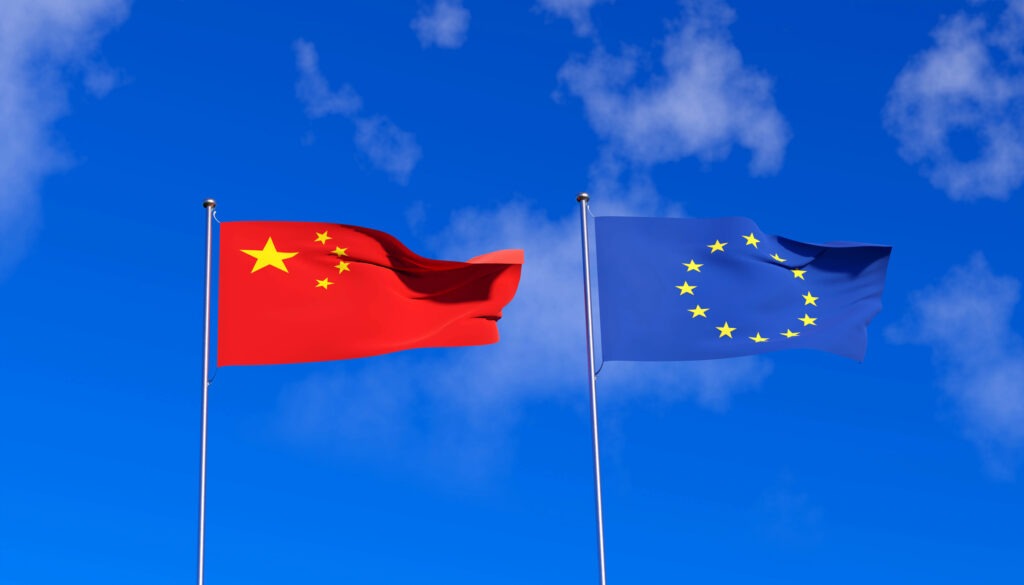Has the plug been pulled on Europe’s new BEV market?
31 July 2024

There have been widespread reports of a slowdown in Europe’s battery-electric vehicle (BEV) market. But has the plug on registrations really been pulled? Autovista24 editor Tom Geggus and special content editor Phil Curry analyse the figures in the latest Autovista24 podcast.
According to data from the European Automobile Manufacturers Association (ACEA), BEV registrations increased by 1.6% across Europe in the first half of 2024. This follows a rollercoaster ride of highs and lows in recent years. But has the plug really been pulled on BEV registrations, or is there more to the story?
Subscribe to the Autovista24 podcast and listen to previous episodes on Spotify, Apple and Amazon Music.
Show notes
New car registrations up 4.3% in June 2024
How have global EV forecasts reacted to strong headwinds?
EU Commission confirms provisional tariffs on BEVs made in China
Launch Report: Smart #3 benefits from the best of both worlds
Why are registrations so low?
The 1.6% rise in BEV registrations is the technology’s smallest year-on-year gain over a first half since 2017. This performance has fuelled reports of a slowdown in BEV sales, with different markets across the continent struggling.
This year has seen several changes to incentive schemes for BEV purchases across Europe. Germany withdrew business subsidies in September last year, then went on to end the private incentive scheme early in mid-December.
As Germany is the biggest market for BEVs in Europe, it was inevitable that registrations would decline. The country’s all-electric market was down by 16.4% halfway through 2024, with just over 36,000 fewer units delivered.
Additionally, two of the big five markets in Europe, Italy and Spain, have struggled to turn buyers towards BEV purchases. Both countries have seen all-electric cars make up between 4% and 6% of all registrations each month on average. This has allowed other countries to outperform them, diversifying the powertrain’s major markets.
External impacts
Early adopters of BEVs are all likely to hold on to their models for longer, due to higher purchasing costs. As a result, there is less potential for trade-in purchases, while the charging infrastructure rollout is still slow.
According to ACEA, just over 150,000 public charging points were installed in 2023, less than 3,000 a week on average. This meant that at the end of the year, there were over 630,000 charging points.
However, ACEA estimates that 8.8 million charging points will be needed by 2030. Reaching this would require 1.2 million chargers to be installed per year. That amounts to a figure of over 22,000 per week. This would be eight times the latest annual installation rate.
All these factors affect the purchasing decisions of both private and fleet buyers when they consider their next powertrain purchase.
Is the BEV market slowing?
The market itself is not slowing, however, increases in registrations are. This is evident on analysing ACEA’s figures from the first six months of 2022, together with 2023 and 2024.
In the first half of 2022, deliveries grew 31.6% year on year. This growth improved in 2023, with numbers up 45% between January and June. This has now slumped to a 1.6% improvement across the same time period this year.
However, comparing the BEV registration totals from the same period in 2021 and 2024, the market is up 94%. Meanwhile, of the major powertrains, only the hybrid market, made up of full hybrids and mild hybrids, also experienced growth. Petrol, diesel and plug-in hybrids all recorded lower registration tallies in the first half of 2024 when compared to 2021.
With changing incentive schemes across Europe, it is more likely that the BEV market is reaching its natural level. The powertrain achieved rapid growth in a short space of time thanks to various market influences. This means 2024’s figures are being compared to periods with inflated figures.
However, the powertrain does still see some support. Some incentive schemes still exist for BEV purchases, and Italy even introduced a new subsidy package. Carmakers are also offering discounted prices on certain models. Then there is the impact of provisional EU import tariffs on BEVs made in China. So, it may take a while for the market to reach its natural level.



